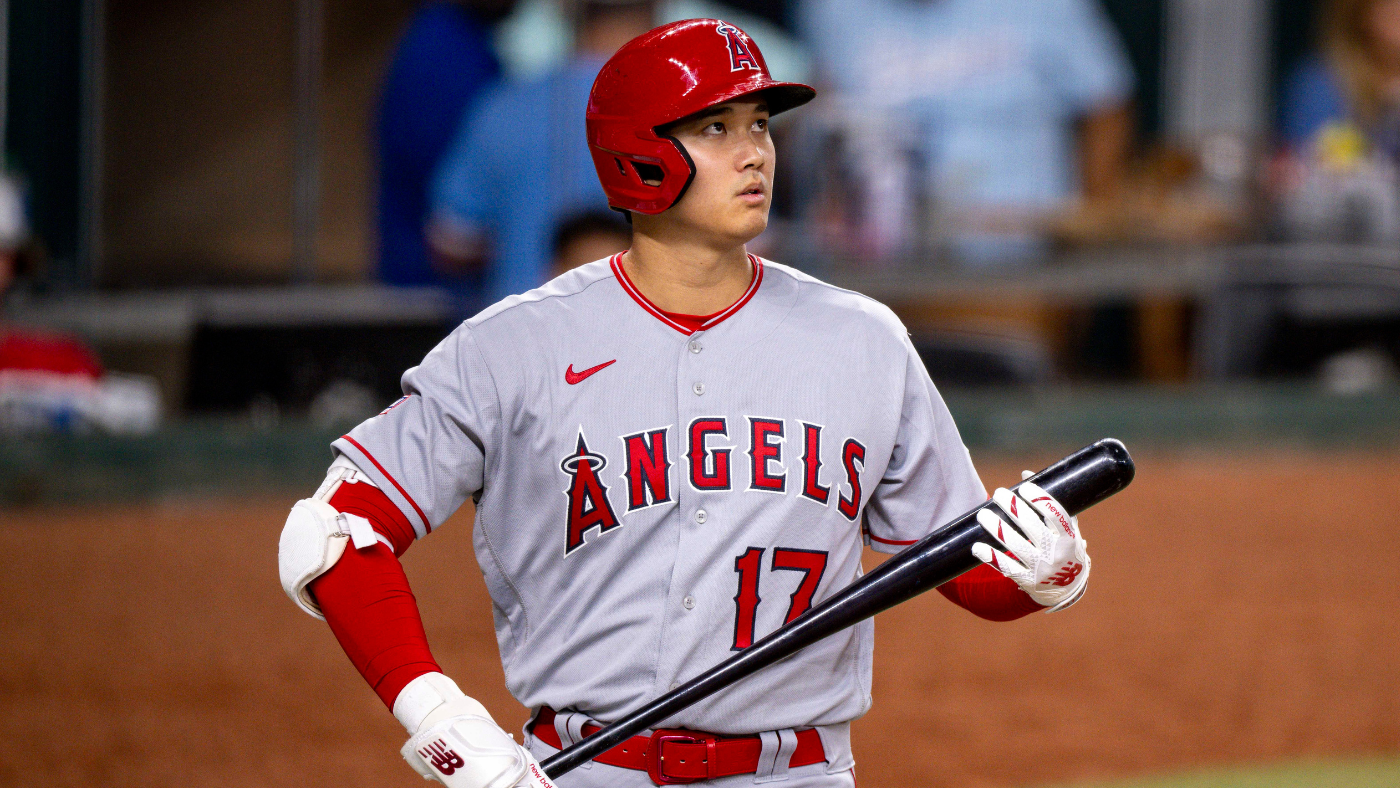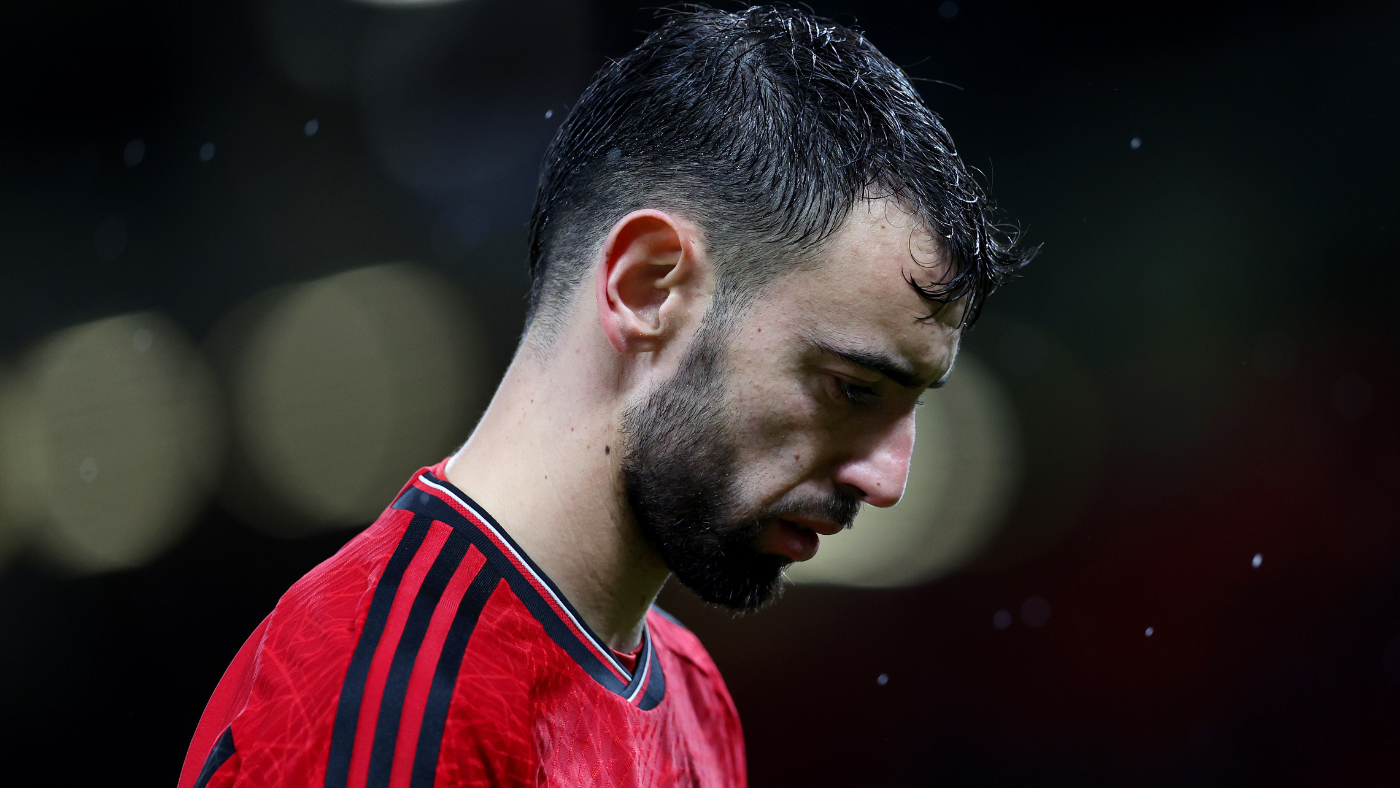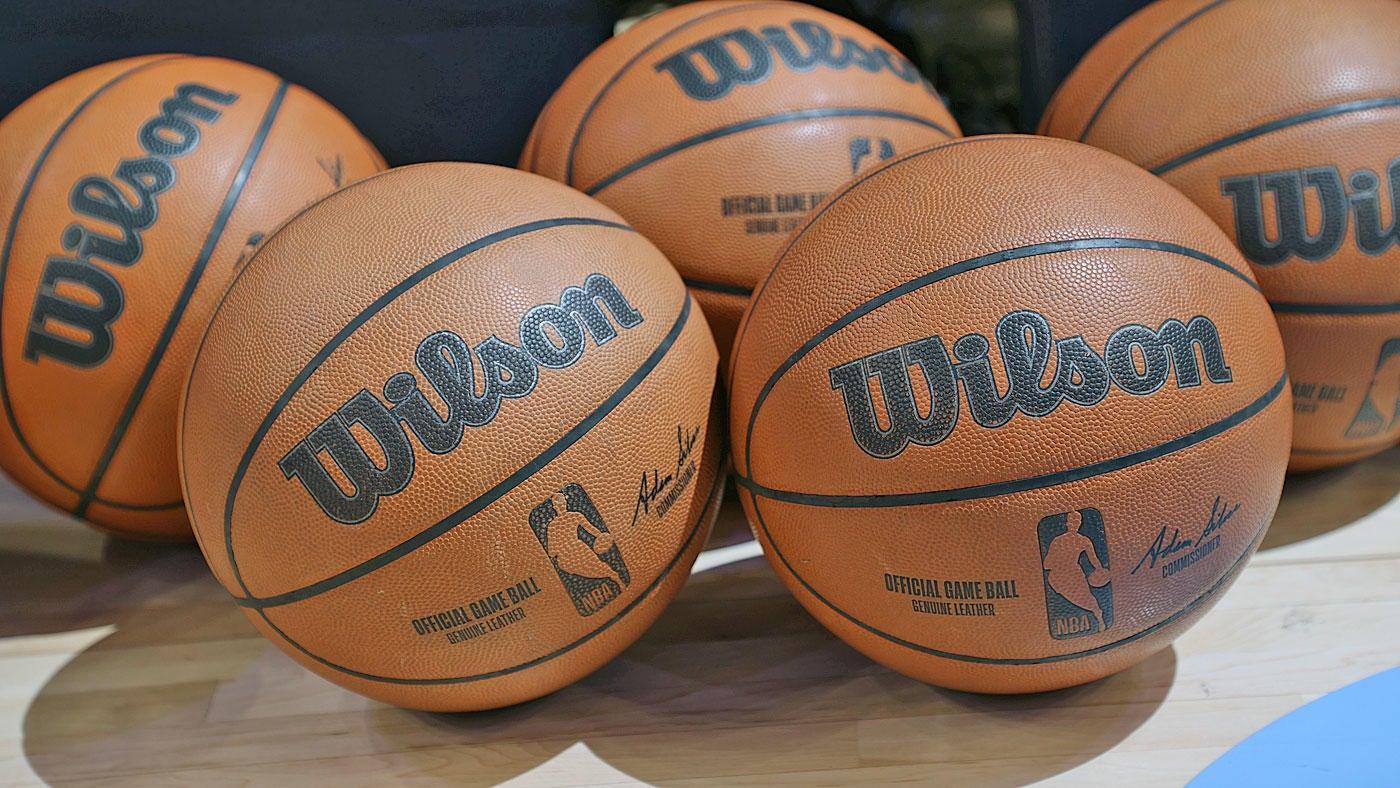Shohei Ohtani contract: Explaining the massive $680 million deferral, why it benefits both Ohtani and Dodgers
Written by CBS SPORTS ALL RIGHTS RESERVED on December 12, 2023

In the end, Shohei Ohtani landed where most expected him to land. Saturday afternoon, Ohtani announced he is signing with the Los Angeles Dodgers. The contract terms are staggering: 10 years and $700 million. It is the largest contract in sports history, eclipsing Lionel Messi’s $673 million contract with FC Barcelona.
Here are the largest contract in baseball history:
- Shohei Ohtani, Dodgers: $700 million
- Mike Trout, Angels: $426.5 million
- Aaron Judge, Yankees: $360 million
- Manny Machado, Padres: $350 million
- Francisco Lindor, Mets: $341 million
Needless to say, Ohtani’s record-setting contract is very complicated — he will not be paid a straight $70 million per year for 10 years. Indeed, the deal is notable not only for its total dollar figure but also for the way it’s paid out. Specifically, Ohtani and the Dodgers have agreed to massive deferrals on a scale not seen before in MLB. Let’s jump right into that most essential takeaway.
‘Unprecedented deferrals’
The “unprecedented deferrals” originally reported by MLB.com were detailed Monday and are, indeed, unprecedented. Fabian Ardaya of The Athletic writes:
“In an effort to enable the Dodgers to continue spending around stars Ohtani, Mookie Betts and Freddie Freeman, Ohtani agreed to defer all but $2 million of his annual salary — $68 million of his $70 million per year — until after the completion of the contract. The deferred money is to be paid out without interest from 2034 to 2043.”
Just to emphasize and reframe the key point, Ohtani agreed to defer $680 million of his $700 million deal with the Dodgers. Ardaya adds that the annual Competitive Balance Tax (CBT, or luxury tax) figure for the Dodgers is expected to be around $46 million. The CBT is a penalty tax on payrolls in MLB that hits teams when they clear certain thresholds. A team’s payroll for CBT purposes is calculated in terms of average annual value. For players on long-term contracts, their exact salary is in a given season is not what’s relevant. For instance, a player on two-year, $20 million contract who’s paid $5 million in year one and $15 million in year two is nevertheless a $10 million CBT hit in both years because that’s the average annual value of his contract. In Ohtani’s case, his AAV is not $70 million – $700 million over the stated 10 years of the contract – but something around $46 million because of those massive deferrals spread across many years.
As another example, Max Scherzer signed a seven-year contract worth $210 million with the Nationals in 2015. That’s $30 million per year, on average. However, Scherzer agreed to defer half his salary each year, which lowered the present day value to approximately $185 million. That lowered his annual CBT hit to $26.4 million or so.
Ohtani’s new teammates Mookie Betts and Freddie Freeman both have substantial deferrals in their contracts with the Dodgers.
The Dodgers had a $267.2 million payroll for CBT purposes in 2023. The franchise record is $297.9 million in 2015. The Mets hold the all-time record with a $366.2 million CBT payroll this year. The CBT has come to serve as a “soft” salary cap of sorts in MLB, and teams at the high end are constantly maneuvering in and out of taxable territory, sometimes in an effort to “reset” their penalty status and avoid the higher tax tiers reserved for repeat violators. Yes, the Dodgers will be happy to earn interest on some of the money Ohtani deferred, and he also helped them avoid the steeper CBT penalties moving forward.
The CBT threshold payroll for 2024 is $237 million, as agreed upon by the Players Union and MLB. Teams who exceed that figure will be penalized as follows:
- First year: 20% tax on payroll above CBT threshold
- Second consecutive year: 30% tax
- Third consecutive year or more: 50% tax
As well, teams are penalized for the extent to which they exceed the threshold figure in a given year:
- $20 million to $40 million: 12% surcharge
- $40 million to $60 million: 42.5% surcharge for first year; 45% for each consecutive year after that
- $60 million or more: 60% surcharge
The deferrals were supposedly Ohtani’s idea. He wanted to lower his CBT number and give the Dodgers more freedom to spend on the team around him and avoid those higher tiers above. Now, he’ll make $2 million through 2033, then the deferred money paid out from 2034 to 2043, according to The Athletic.
“(The deferrals are) primarily about allowing the team to be successful on the field, because above all else he wants to win,” a source told MLB.com.
The Dodgers still have pressing needs in the rotation — recall that Ohtani will not pitch in 2024 as he recovers from an elbow procedure — so this flexibility should be put to good use. They reportedly remain in the mix for Yoshinobu Yamamoto, the most coveted starting pitcher still on the market, and trade targets like Tyler Glasnow, Dylan Cease, and Corbin Burnes. No doubt, Ohtani proposed these deferrals with the expectation that the Dodgers would add even more star power. Jack Harris of the Los Angeles Times estimates that the Dodgers are presently about $16 million under the first CBT line. So, yes, Ohtani’s deferrals matter.
No opt outs
It had been speculated Ohtani could seek an opt out (or even multiple opt outs) to cash in further once he completes his elbow surgery rehab and shows he’s a healthy and productive pitcher, but that did not happen. His contract does not include any opt out clauses, reports ESPN. It’s a 10-year contract with no opt outs or option years or escape hatches on either side.
Don’t forget about endorsements
This past season, Ohtani made approximately $40 million in endorsement deals, according to the Los Angeles Times. He has agreements with New Balance, Fanatics, Topps, plus scores of companies in Japan. That $40 million is on top of the $30 million salary the Angels paid him. Ohtani’s endorsements will only grow, both in quantity and value, with the Dodgers. Given how much he banks each year in endorsements and given that his off-the-field earning power is likely to increase with the flagship Dodger brand behind him, Ohtani was uniquely positioned to defer all but $2 million in salary each year.
The Dodgers are making money too
No player in the sport generates revenue like Ohtani. He sells tickets and jerseys, and opens the door to new Japanese sponsors and fans. According to the Los Angeles Times, Ohtani made the Angels $10 million to $20 million a year in advertising, marketing, and whatnot. The Dodgers, a more global brand that outdrew the Angels by nearly 15,000 fans per game in 2023, figure to make substantially more in Ohtani-related revenue. There’s a reason they invested $700 million in him. They expect him to generate multitudes more for them.
The post Shohei Ohtani contract: Explaining the massive $680 million deferral, why it benefits both Ohtani and Dodgers first appeared on CBS Sports.






